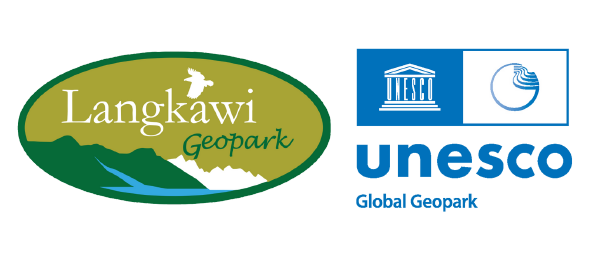Mangrove Forests and Dipterocarp Forests in Langkawi
Mangrove forests in Langkawi, particularly within Kilim Karst Geoforest Park, are a key highlight of the island’s natural heritage. These tidal wetlands are situated along coastlines and river estuaries, forming an intricate network of waterways and lush greenery.
Dipterocarp forests, found primarily in Machinchang Cambrian Geoforest Park, represent Langkawi’s ancient lowland rainforest. These forests are dominated by dipterocarp trees, which are characteristic of tropical rainforests in Southeast Asia.
Mangrove and dipterocarp forests are vital components of Langkawi’s natural heritage, providing critical ecological services and supporting unique biodiversity. Through conservation efforts, sustainable tourism, and educational programs, Langkawi Geopark continues to safeguard these habitats for future generations while promoting their ecological and cultural significance.
The dipterocarp forests in Langkawi are part of its tropical rainforest ecosystem, specifically representing the unique Southeast Asian lowland rainforest type dominated by dipterocarp trees. These forests contribute significantly to Langkawi’s biodiversity and its status as a UNESCO Global Geopark.

Southeast Asia’s first UNESCO Global Geopark invites you to experience one of the world’s rarest natural wonders.